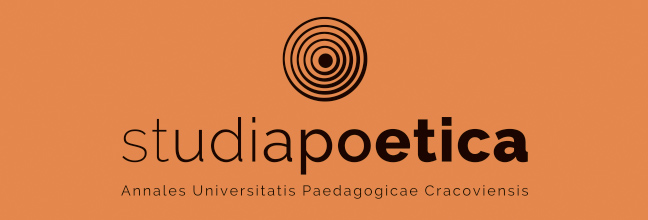Zbrodnia i kara w świetle wybranych listów i pamiętników drugiej pot owy XVII stulecia.
Main Article Content
Abstract
Polish and foreign diaries of the 17th century disclose abundant information about the social perception of crime and justice. Theft, rape, murder and also cruel punishment for crime are all common in everyday living. There is, however, a clear-cut division of author interest - foreign authors are fascinated with theatrum of death, brutal shows of torturę, which are often unfairly ąuoted as examples of uncivilised customs in Poland, a country that was exotic for them in those days. They seem to overlook the fact that the executions conducted in their own countries were far morę brutal. In contrast, Polish commentaries are freąuently sensational - there is morę mention of crime and less interest in the criminaPs fate after he
had been caught.
The author mentions diary stories of the last decade of the 17th century focusing, first of all on the reports of K. Sarnecki, G.B. Fagiuoli and J. Poczobutt-Odlaniecki, who dealt with the topics extensively, colourfully and willingly. Prior reports, also those conceming the studied customs in other countries, constitute the contrastive background.
had been caught.
The author mentions diary stories of the last decade of the 17th century focusing, first of all on the reports of K. Sarnecki, G.B. Fagiuoli and J. Poczobutt-Odlaniecki, who dealt with the topics extensively, colourfully and willingly. Prior reports, also those conceming the studied customs in other countries, constitute the contrastive background.
Article Details
How to Cite
Skórska-Jarmusz, A. (2015). Zbrodnia i kara w świetle wybranych listów i pamiętników drugiej pot owy XVII stulecia. Res Gestae. Historical Journal, 2, 113–126. Retrieved from https://resgestae.uken.krakow.pl/article/view/2506
Issue
Section
Articles
|
